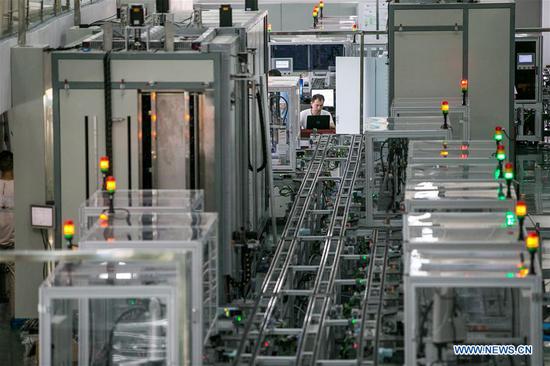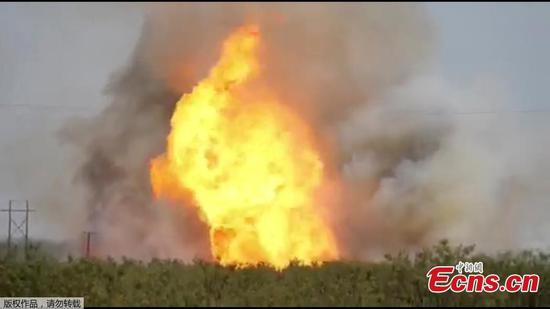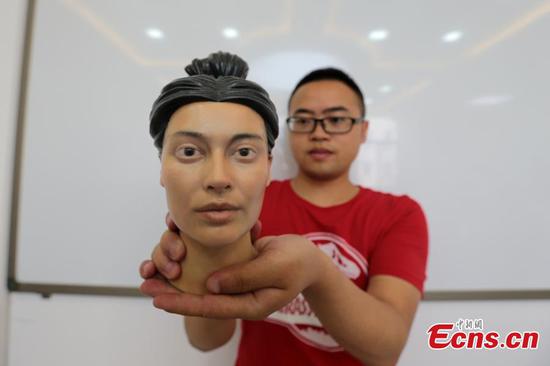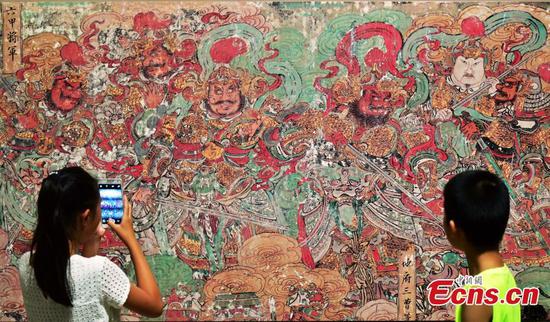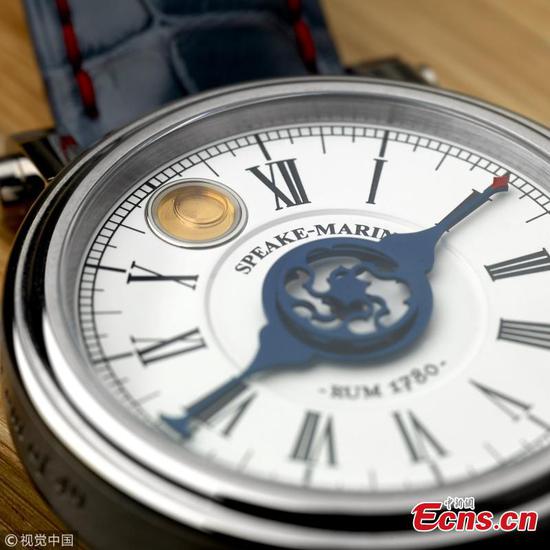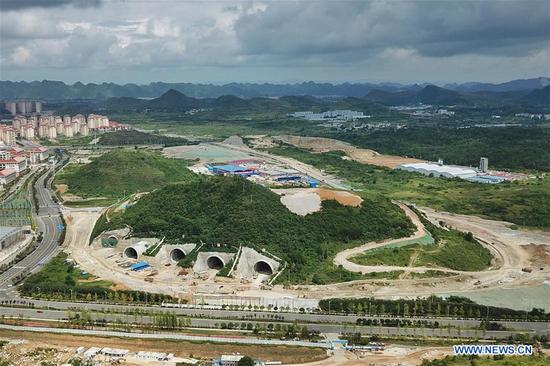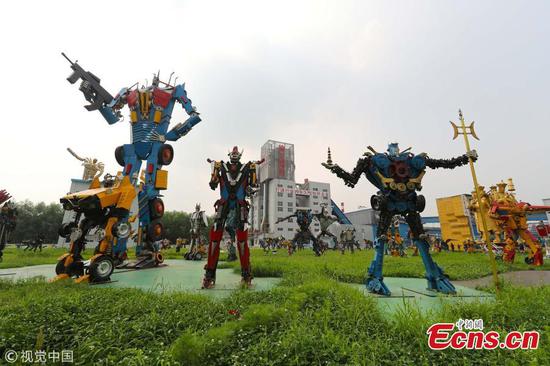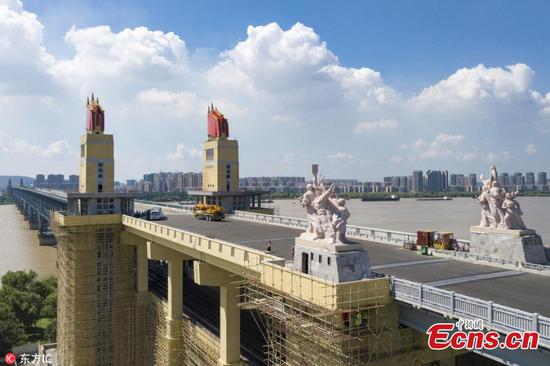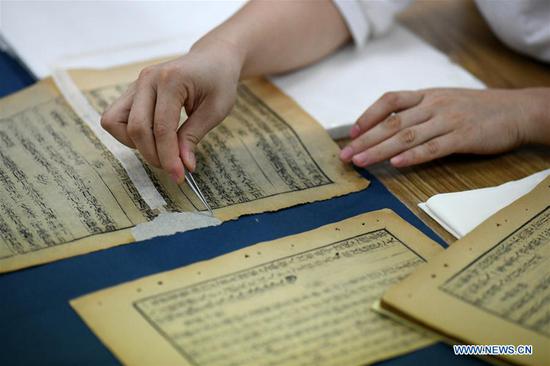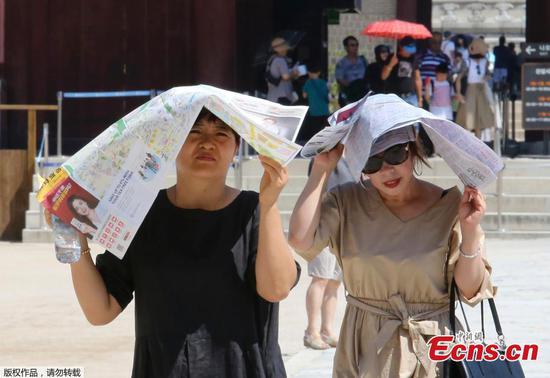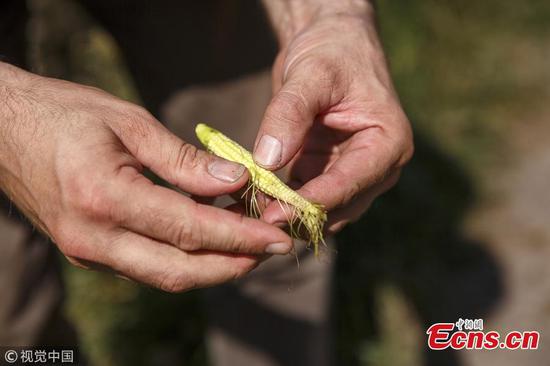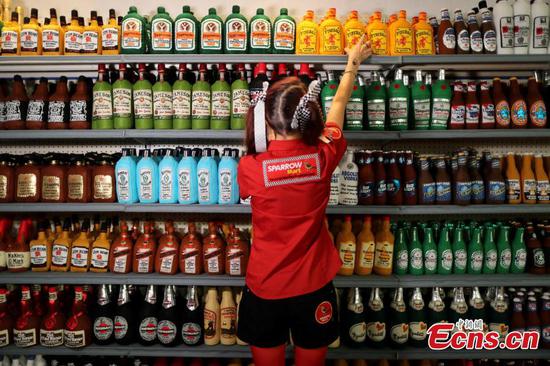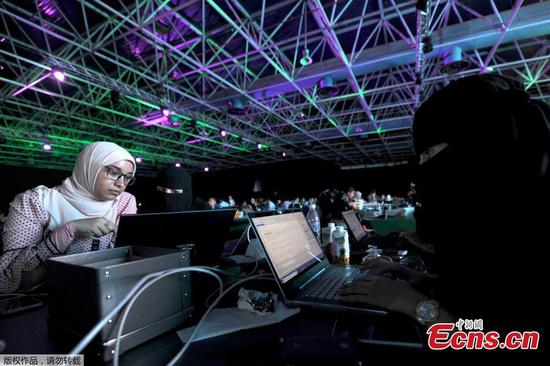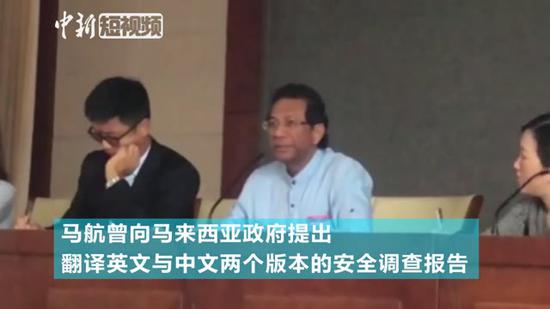Potential impact fully considered, tiered levies deployed
China's latest restrained tariff measure against the United States is rational, and aims to safeguard the multilateral trading system, experts said.
Taking into full consideration the interests of its people and companies, as well as the global value chain, the Chinese government made the decision to impose differentiated tariff rates targeting $60 billion worth of U.S. goods. That's in stark contrast to the U.S.' one-size-fits-all tariff approach, which was ill-considered, they said.
Their comments follow recent criticism by Larry Kudlow, a top White House economic adviser, who has been saying that Beijing's latest countermeasure was weak and China's economy is softening.
On Friday, China announced it would place additional tariffs on about $60 billion worth of U.S. goods, which are subject to four rates, 25 percent, 20 percent, 10 percent and 5 percent. The move was in response to the U.S. threat of increasing the proposed additional duty on $200 billion worth of Chinese products from 10 percent to 25 percent.
"China's countermeasures do not intend to purely pursue equivalence in the same amount as the U.S. tariff rates. The latest four-level tariff rates have much more flexibility," said Gao Lingyun, a researcher of Institute of World Economics and Policies at the Chinese Academy of Social Sciences.
"When developing tariff measures, China took into full consideration the potential impact on its companies and people. The basic principle is to minimize negative impact," Gao said. "For instance, those U.S. products that become gradually indispensable for Chinese firms and consumers would be subject to additional levies of 5 percent."
Gao added that China's tariff move remains very restrained, which signals that the nation has always opened its door to negotiations with the U.S. under the framework of the World Trade Organization, while reserving the right to deploy countermeasures.
"China's tariff plan is based on thorough research and analysis. It is much more rational compared with the 25 percent tariff hikes threatened by the U.S. ... which is a trade 'stick', " said Li Yong, a senior research fellow at the China Association of International Trade.
As U.S. President Donald Trump has been provoking trade disputes with several countries, Wang Wen, executive dean of the Chongyang Institute for Financial Studies, Renmin University of China, said it is impossible for the White House to ensure the "accuracy" of its tariff lists.
Wang said that "accuracy" meant using tariffs to maximize the pain for targeted countries while protecting U.S. consumers and companies.
"However, a number of U.S. consumers have complained about the U.S. tariff plans in the past couple of months. They found they were hurt by rising costs, as a large number of products imported from China were hit by additional tariffs," Wang added.
More evidence of the inaccuracy of U.S. tariff policy, according to Wang, is that the Office of the U.S. Trade Representative announced in July how companies could apply for exclusion from the newly imposed tariffs on Chinese imports.
"The U.S. wants to disturb the global trading order. Therefore its $200 billion tariff list is fairly inaccurate and irresponsible," said Liang Ming, director of the foreign trade research center at the Chinese Academy of International Trade and Economic Cooperation, affiliated with the Ministry of Commerce.
Liang stressed that U.S. consumers would ultimately pay the price for Trump's irrational trade policies, pointing out that the U.S. imports its nitrosamines, an industrial raw material, from China.
Despite the escalating trade row, the economy's resilience has been remarkable, said Tu Xinquan, director of the China Institute for WTO Studies at the University of International Business and Economics.
"China's economy, especially its manufacturing industry, has become highly diversified thanks to the sound supportive system and fast-growing domestic markets after decades of development," Tu said.









